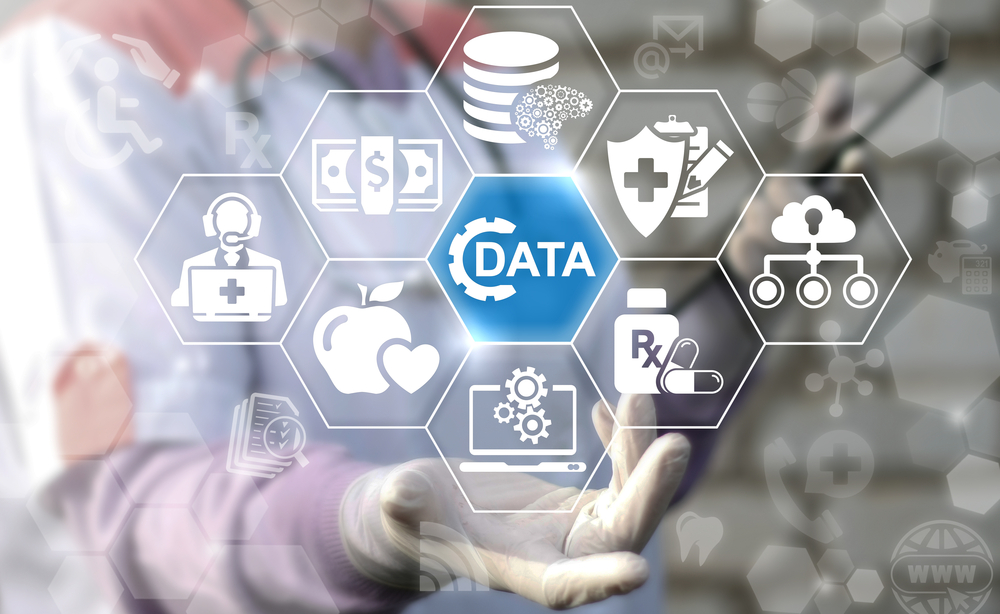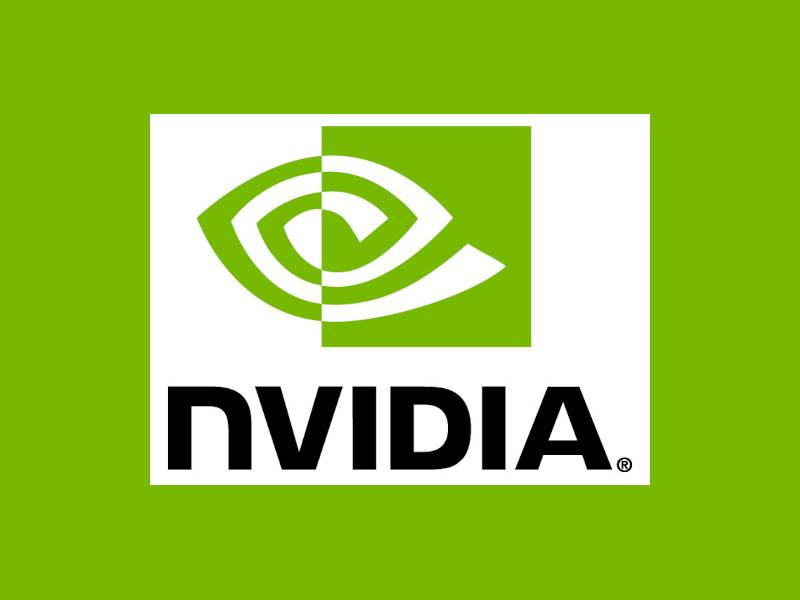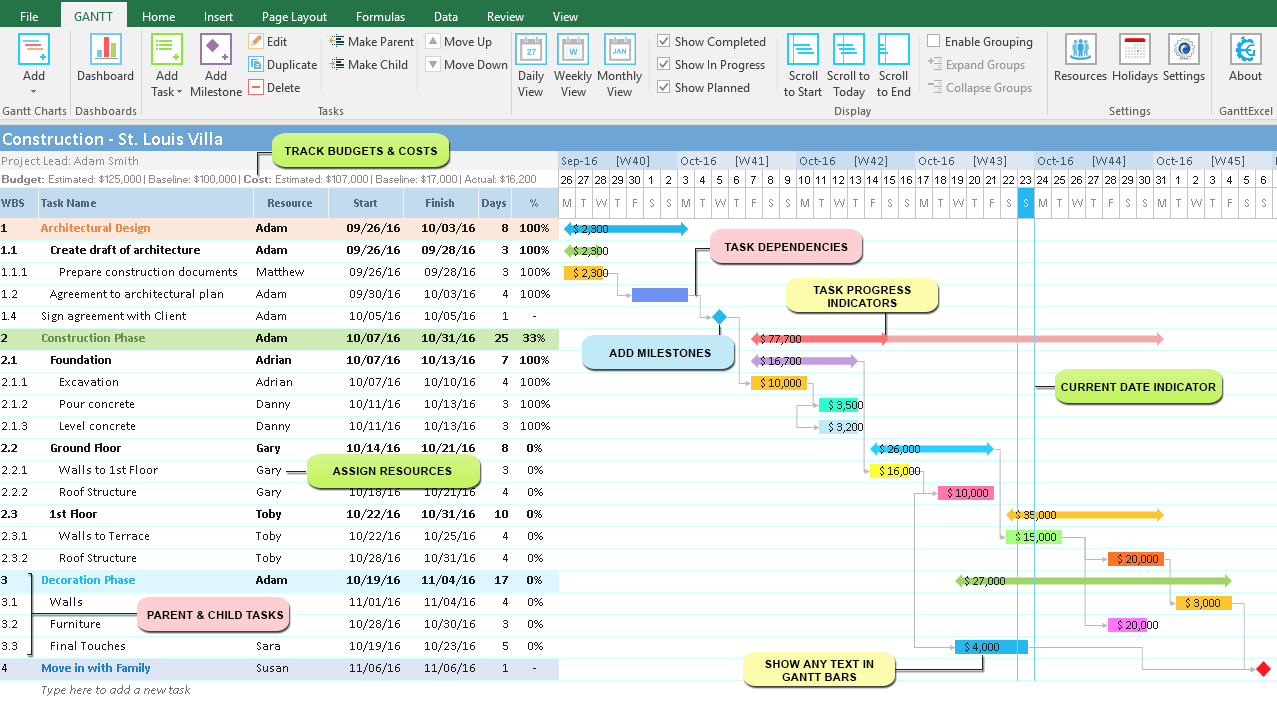
Introduction
As the healthcare industry continues to take strides into the digital age, it has started to embrace the use of innovative technology.
One of these innovations is big data, which has existed for many centuries, but only recently found its place in healthcare.
Despite this, it has quickly become popular, with 88 percent of healthcare executives saying that big data and business analytics will be their top priority going forwards in a recent Accenture survey.
What Is Big Data?
To break it down, big data is a term used to describe a large set of complex data. This can be structured or unstructured, and refers to data that inundated businesses on a day-to-day, regular basis.
Big data can be used to effectively and efficiently uncover deep insights, and solve business problems that may have previously been impossible to tackle using conventional analytics software.
Once this analyzing process has made sense, big data can then be used in order to constructively evaluate these sophisticated datasets to uncover patterns and trends.
From all of this, businesses will have a deeper understanding of their businesses due to greater business insights, allowing them to make changes and improvements to services in a way that increases customer satisfaction and ROI’s.
The Three Vs Of Data: The Cornerstones
If you’re looking for a deeper understanding of big data, you need to understand the cornerstones, otherwise known as the “Three Vs”. In healthcare, these fundamentals are properties of effective big data analytics.
The Three Vs are:
· Volume. This is used to describe the incredible amount of data healthcare generates through their apps, portals, websites and EHRs.
· Velocity is used to refer to the speed at which datasets are being generated and processed.
· Variety explains the different number of types of data that we can now generate, gather and analyze thanks to the introduction of big data.
Besides the main three, veracity and value are also considered to be important parts of big data.
· Value refers to the tangible worth of the data that is being generated, collected or analysed.
· Veracity largely relates to the quality of the data generated, collected and analyzed by the industry, such as the healthcare industry. It can also be used to refer to the trustworthiness and integrity of said data.
Big Data In Healthcare
In healthcare, big data uses prescriptive, predictive and descriptive analytics services to dissect hidden insights within healthcare data.
This information can then be used for a variety of different things within the industry, including:
Highlighting Patient Patterns and Identifying High Risk Patients
The cost of healthcare often arises when lots of patients seek emergency care, but with records digitized and then having big data analyzed, things could be about to change.
Using this method, patient patterns can be identified faster, helping to understand the patients who seek said emergency treatment repeatedly.
This will identify patients with chronic health issues, and makes it easier for health professionals to provide treatment plans that stop said emergencies within a reduced period of time.
Analyzing big data to find out the high risk patients also allows doctors and other healthcare professionals to keep an eye on said patients, creating a more person-centred approach to healthcare overall.
Tracking Patient Health
Due to a previous lack in understandable data, it hasn’t always been easy for healthcare professionals to identify potential health problems before they become serious.
With big data in healthcare, however, it has become far easier for healthcare facilities to track various patient vitals and statistics.
These characteristics that can be measured include the heart rate, sleep habits, blood pressure and glucose levels, and perhaps other features depending on their complexity.
With this information readily available and updated regularly enables healthcare facilities to try keep people out of the hospital.
Tracking patient health using big data may also help to prevent the development of certain conditions and diseases by enabling healthcare professionals to intervene earlier.
Reducing Costs
The healthcare and pharmaceutical industry currently wastes a large proportion of their budget on long drug trials, that take an average of seven years to complete.
Alongside artificial intelligence and machine learning technology, however, big data has the potential to help change this.
By combining efforts, the three pieces of technology will be able to slice down the costs of new drugs, which for the 10 biggest pharma firms currently accounts for almost $70 billion annually, according to HealthcareWeekly.
Healthcare facilities also face a large amount of financial waste due to ineffective management of their budget, which is usually caused by under or over booking staff.
Using the predictive analytics side of big data, this problem can be solved by making it far easier to find and access help for effective staff allocation in line with predicted admission rates on specific nights.
Engaging Patients
Big data is also used on a lot of wearable health tracking devices, which has already proved to engage patients more in the health.
This is a good thing for the future of healthcare as it will result in less emergency cases being brought to the ER as warning signs can be picked up beforehand on reasonably priced devices that people can buy of their own free will.
Conclusion
To summarize, it’s pretty clear that big data will play a vital part in the future of our healthcare system—and of those in other places around the world.
In fact, Digital Authority Partners report that big data is expected to penetrate deeper into the healthcare industry than any other, with the market worth approximately $34 billion by 2022.
As we continue to delve deeper into the industry, it’s likely that the benefits to patients and professionals working within the industry will only increase as our understanding of big data’s true abilities expand.
In effect, it wouldn’t be unreasonable to suggest that big data will soon be the salvation of healthcare, providing us with realistic ways of improving patient outcomes while reducing costs within the industry at the same time.
Author bio: Julian Gnatenco is the President of JGBilling, a medical coding outsourcing company.
RELATED ARTICLES
Latest Articles
 Laura Ingraham Husband James Reyes: Why …In BiographyApril 17, 2025Laura Ingraham is a well-known conservative […]
Laura Ingraham Husband James Reyes: Why …In BiographyApril 17, 2025Laura Ingraham is a well-known conservative […] Zach Top Wife Mystery Solved! Meet the W…In BiographyApril 16, 2025Zach Top’s music has that classic country feel that […]
Zach Top Wife Mystery Solved! Meet the W…In BiographyApril 16, 2025Zach Top’s music has that classic country feel that […] What Is a Parcel Locker? The Game-Change…In TechnologyApril 16, 2025Missing packages? Porch pirates? Missed delivery slips […]
What Is a Parcel Locker? The Game-Change…In TechnologyApril 16, 2025Missing packages? Porch pirates? Missed delivery slips […] Dawn Staley Relationship Rumors: What’s …In BiographyApril 15, 2025When it comes to iconic figures in sports, Dawn Staley […]
Dawn Staley Relationship Rumors: What’s …In BiographyApril 15, 2025When it comes to iconic figures in sports, Dawn Staley […] How Window Tinting Affects Driver Visibi…In TechnologyApril 11, 2025Introduction: Beyond Style — The Functional Side of […]
How Window Tinting Affects Driver Visibi…In TechnologyApril 11, 2025Introduction: Beyond Style — The Functional Side of […] Vaishnav Tej Wife, Age, Family, Girlfrie…In BiographyApril 11, 2025Vaishnav Tej wife: There is always more to know about […]
Vaishnav Tej Wife, Age, Family, Girlfrie…In BiographyApril 11, 2025Vaishnav Tej wife: There is always more to know about […] Nick Sandmann Net Worth, Biography, Heig…In BiographyApril 11, 2025Young Nick Sandmann, catapulted into the media […]
Nick Sandmann Net Worth, Biography, Heig…In BiographyApril 11, 2025Young Nick Sandmann, catapulted into the media […] Cold War Timeline: The Real Story Behind…In HistoryApril 4, 2025If you’ve ever wondered how we ended up with the […]
Cold War Timeline: The Real Story Behind…In HistoryApril 4, 2025If you’ve ever wondered how we ended up with the […]
stopie.com is a participant in the Amazon Services LLC Associates Program, an affiliate advertising program designed to provide a means for sites to earn advertising fees by advertising and linking to Amazon.com.
Clicking on an Amazon link from stopie.com does not increase the cost of any item you purchase.
We will only ever link to Amazon products that we think our visitors may be interested in and appreciate learning more about.



